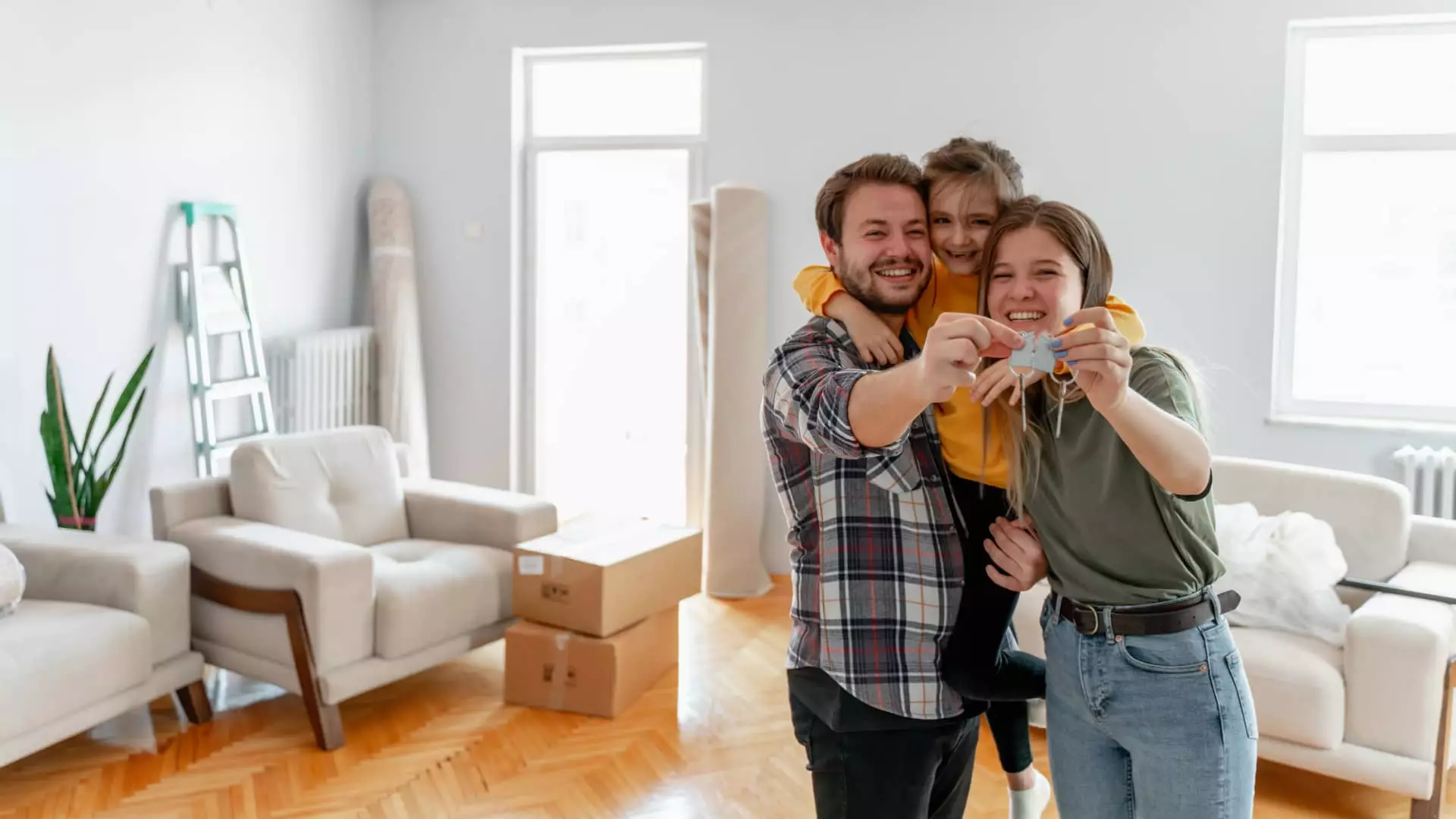In a recent survey conducted by Clever.com, it was found that 77% of potential homebuyers have already started saving for their down payment. The study also revealed that more than half of these buyers plan to put down less than 20% of the home’s value. While the traditional belief is that a 20% down payment is necessary to purchase a home, experts like Danielle Hale, the chief economist at Realtor.com, are quick to dispel this myth. In reality, the average down payment for first-time homebuyers in 2023 was only 8%, while repeat buyers typically put down 19%. These statistics highlight that the 20% benchmark is not a strict requirement when it comes to buying a house.
While making a larger down payment can help reduce your monthly mortgage costs, many households struggle to come up with the necessary funds. Rising home prices have made achieving a 20% down payment particularly difficult for many prospective buyers. According to a 2023 CNBC Your Money Survey, nearly 40% of Americans who do not yet own a home cite a lack of savings as the primary reason. This shortage of available funds underscores the affordability crisis that currently exists in the housing market.
Fortunately, there are various loan programs designed to assist buyers with lower down payments. The Department of Veterans Affairs offers VA loan programs that allow qualified individuals to purchase homes with as little as 0% down. Similarly, USDA loans from the U.S. Department of Agriculture cater to buyers in rural areas and also provide options for a 0% down payment. For those who do not qualify for these specific programs, Federal Housing Administration loans are available, requiring as little as 3.5% down for eligible borrowers.
While opting for a lower down payment may seem like an attractive solution to affordability challenges, it does come with additional costs. Borrowing more from your lender to cover the shortfall can lead to higher monthly mortgage payments. Furthermore, borrowers who put down less than 20% may not qualify for the most favorable interest rates. Additionally, buyers who borrow more than 80% of a home’s value are often required to pay for private mortgage insurance (PMI). These premiums can range anywhere from 0.5% to 1.5% of the loan amount per year, adding a significant financial burden for the homeowner.
Strategies for Avoiding Private Mortgage Insurance
One option to bypass PMI is to pursue a “piggyback mortgage,” which involves taking out a second loan to meet the 20% down payment threshold. This approach eliminates the need for mortgage insurance but typically comes with a higher interest rate on the secondary loan. Alternatively, some lenders may automatically cancel PMI once the homeowner reaches 22% equity, while others may allow for its removal once 20% equity is achieved.
While the prospect of saving for a down payment may seem daunting, there are numerous alternatives available to help aspiring homeowners achieve their goals. By understanding the current trends in down payments, exploring loan programs with lower upfront costs, and carefully weighing the financial implications of different down payment scenarios, future buyers can make informed decisions that align with their unique financial situation. Ultimately, the key is to find a balance that makes homeownership accessible without compromising long-term financial stability.

